
The EVERYTHINGSeries
Editorial
| Publishing Director | Gary M. Krebs |
| Director of Product Development | Paula Munier |
| Associate Managing Editor | Laura M. Daly |
| Associate Copy Chief | Brett Palana-Shanahan |
| Acquisitions Editor | Lisa Laing |
| Development Editor | Rachel Engelson |
| Associate Production Editor | Casey Ebert |
Production
| Director of Manufacturing | Susan Beale |
| Associate Director of Production | Michelle Roy
Kelly |
| Cover Design | Paul Beatrice |
| Matt LeBlanc |
| Erick DaCosta |
| Design and Layout | Colleen Cunningham |
| Jennifer Oliveira |
| Brewster Brownville |
| Series Cover Artist | Barry Littmann |
Visit the entire Everything Series at www.everything.com
THE
EVERYTHING
TAROT BOOK
SECOND EDITION
Reveal your past,
inform your present,
and predict your future
Skye Alexander

Adams Media
Avon, Massachusetts
Copyright 1999, 2006 F+W Publications, Inc. All rights reserved.
This book, or parts thereof, may not be reproduced in any form without permission from the publisher; exceptions are made for brief excerpts used in published reviews.
An Everything Series Book.
Everything and everything.com are registered trademarks of F+W Publications, Inc.
Published by Adams Media, an F+W Publications Company
57 Littlefield Street, Avon, MA 02322 U.S.A.
www.adamsmedia.com
ISBN 10: 1-59337-656-1
ISBN 13: 978-1-59337-656-7
Printed in the United States of America.
J I H G F E D C B A
Library of Congress Cataloging-in-Publication Data
Alexander, Skye.
The everything tarot book / Skye Alexander. 2nd ed.
p. cm.
ISBN 1-59337-656-1
1. Tarot. I. Abadie, M. J. (Marie-Jeanne). Everything tarot book. II. Title.
BF1879.T2A27 2006
133.3'2424-dc22
2006014737
This publication is designed to provide accurate and authoritative information with regard to the subject matter covered. It is sold with the understanding that the publisher is not engaged in rendering legal, accounting, or other professional advice. If legal advice or other expert assistance is required, the services of a competent professional person should be sought.
From a Declaration of Principles jointly adopted by a Committee of the American Bar Association and a Committee of Publishers and Associations
Many of the designations used by manufacturers and sellers to distinguish their products are claimed as trademarks. Where those designations appear in this book and Adams Media was aware of a trademark claim, the designations have been printed with initial capital letters.
This book is available at quantity discounts for bulk purchases.
For information, please call 1-800-872-5627.
Illustrations from the Rider-Waite Tarot Deck reproduced by permission of U.S. Games Systems, Inc., Stamford, CT 06902 USA. Copyright 1971 by U.S. Games Systems, Inc. Further reproduction prohibited. The Rider-Waite Tarot Deck is a registered trademark of U.S. Games Systems, Inc.
Contents
To Ron, my port in the storm
Top Ten Ways the Tarot Can Help You
. It can allow you to gain insight into yourself.
. Tarot can help you gain insight into other people.
. With Tarot you can get answers to questions and concerns.
. It can train your ability to see into the future.
. It can enable you to see the present more clearly.
. Through Tarot you can better understand the effects of the past.
. You can use it as a tool to work through personal problems and challenges.
. Tarot can help you strengthen desirable qualities and traits.
. It can allow you to develop and sharpen your intuition.
. Perhaps most importantly Tarot can enhance your connection with your Higher Self.
Introduction
 No one knows exactly when or where the Tarot originated. The earliest known book of Tarot cards still in existence dates back to the early 1840s; seventeen of those antique cards still remain. The first entire deck still in existence was painted by the Italian artist Bonifacio Bembo for the Duke of Milan.
No one knows exactly when or where the Tarot originated. The earliest known book of Tarot cards still in existence dates back to the early 1840s; seventeen of those antique cards still remain. The first entire deck still in existence was painted by the Italian artist Bonifacio Bembo for the Duke of Milan.
Many theories abound about the Tarot's beginnings. One is that the great library of Alexandria in Egypt, whose female librarian Hypatia was world-renowned for her wisdom and learning, housed scrolls containing all the knowledge of the ancient world. Among these scrolls was the legendary Book of Thoth, derived from the mystery schools of ancient Egypt. The allegorical illustrations on Tarot cards are said to contain these secret teachings, which in the Major Arcana represent a course in personal and spiritual development. The Minor Arcana, which was added to the Tarot at a later date, may have derived from an Italian card game known as tarrochi. Our present-day poker decks closely resemble the Minor Arcana of the Tarot.
Tarot images are inextricably linked to ancient beliefs, mythologies, and religious systems such as the Hebrew Kabbalah. The cards' numerological associations have been tied to the Greek mathematician Pythagoras, who taught that letters and numbers contain divine essence and extraordinary powers unrealized by the uninitiated.
Gypsies may have carried the cards to Europe. (The term gypsy is considered to be a corrupt form of the word Egyptian.) The Church, however, believed the Tarot was the devil's picture book, and the cards were quickly condemned as heretical. To possess them was dangerous. Thus, during the Middle Ages, the Tarot went underground, along with astrology and many other forms of occult knowledge. (Occult simply means hidden.) Yet despite persecution, the ancient knowledge contained in the Tarot continued to be passed down in secret, until interest in the cards surfaced again during the Renaissance.
Though we may never know their true history, we can still use Tarot cards to advise and guide us, to show us what lies ahead in the future, and to help us gain access to our inner knowing and the Divine. The amazing insights contained in the Tarot and the deck's inherent flexibility make it just as relevant to contemporary Westerners as it was to the ancients.
In the view of alchemists and mystics, the symbols preserved and presented in the Tarot spring from the anima mundi , or soul of the world, a vast repository of knowledge, like a cosmic library, filled with all the memories and wisdom of the entire human race, past, present, and future. Sometimes called the Akashic Records, this source of knowledge could be accessed by anyone willing to make the effort to develop his psychic link to the source.
Within this collective pool are all the basic figures found in myths, legends, religions, and fairy tales. Taken together, these figures encapsulate a magical storehouse of profound esoteric knowledge. For example, The Empress in the Tarot symbolizes the feminine archetype, the great mother goddess of the world's most ancient religion, what Goethe called the eternal feminine.
Each figure in the Tarot calls forth from the individual's unconscious a deep resonance. When a user consciously contacts these images in the Tarot, their hidden counterparts in the collective unconscious are allowed to surface and become integrated into the person's life.
Next page
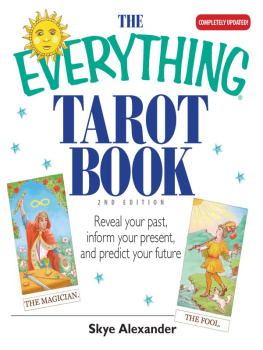

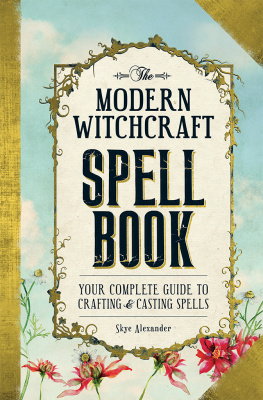




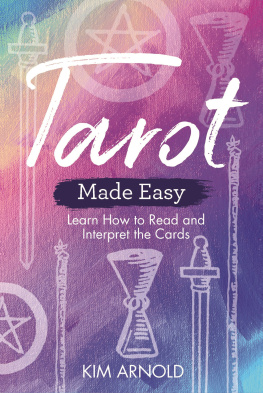

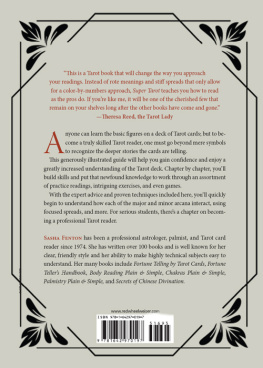
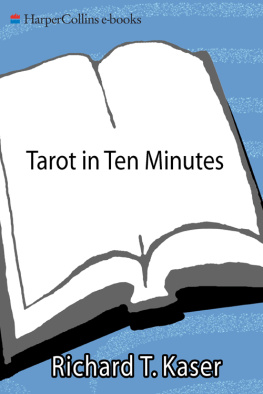

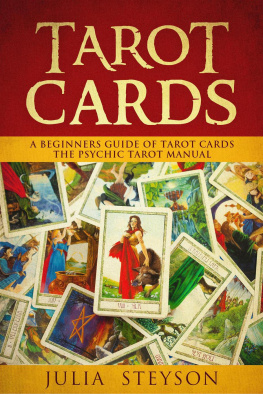
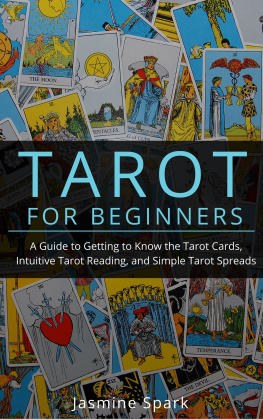
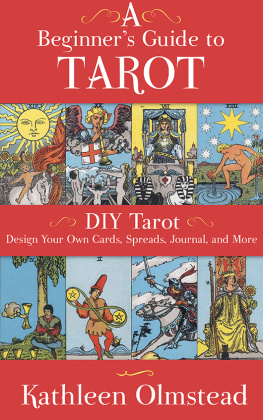


 No one knows exactly when or where the Tarot originated. The earliest known book of Tarot cards still in existence dates back to the early 1840s; seventeen of those antique cards still remain. The first entire deck still in existence was painted by the Italian artist Bonifacio Bembo for the Duke of Milan.
No one knows exactly when or where the Tarot originated. The earliest known book of Tarot cards still in existence dates back to the early 1840s; seventeen of those antique cards still remain. The first entire deck still in existence was painted by the Italian artist Bonifacio Bembo for the Duke of Milan.